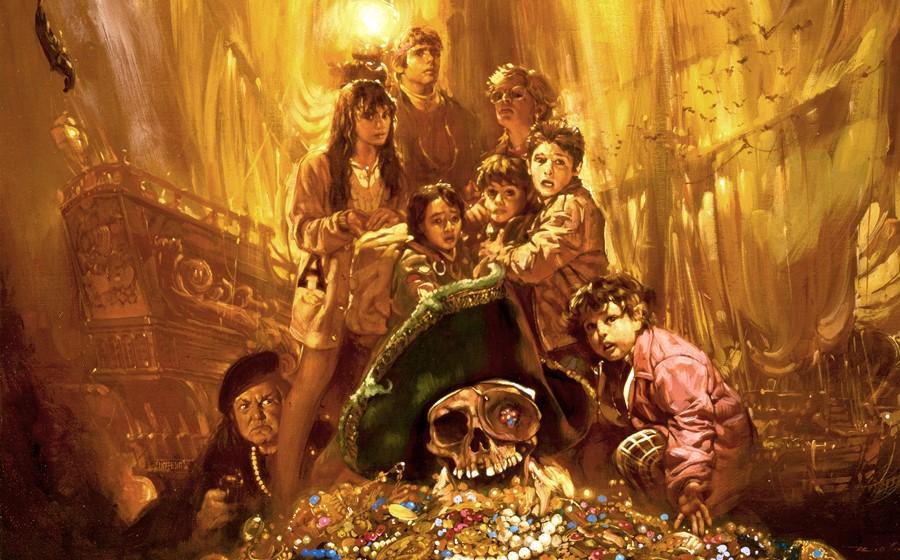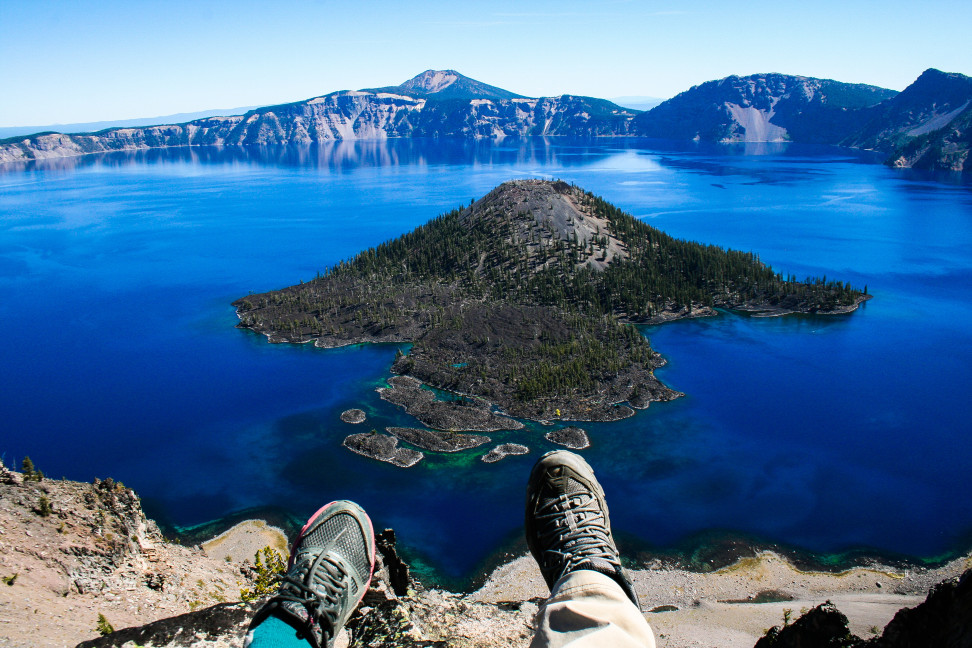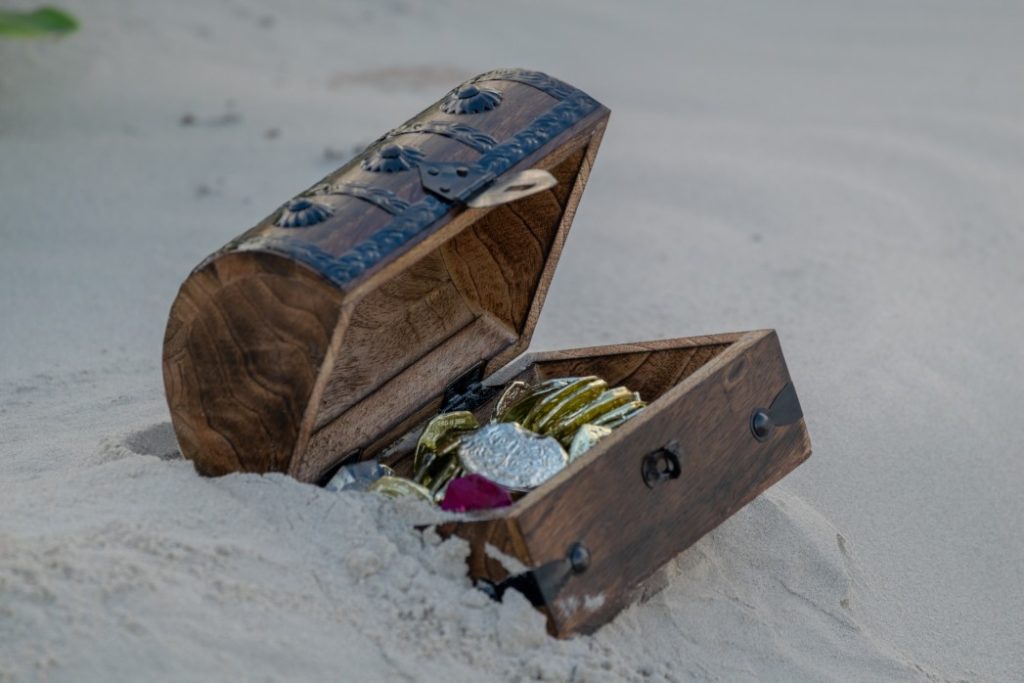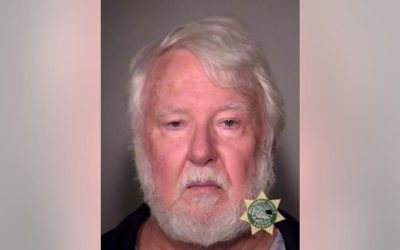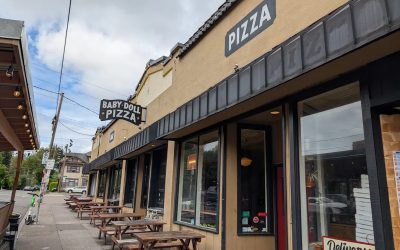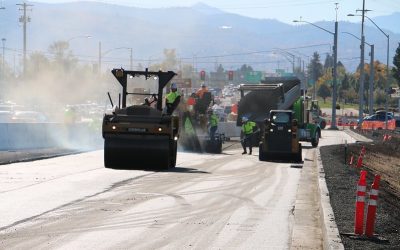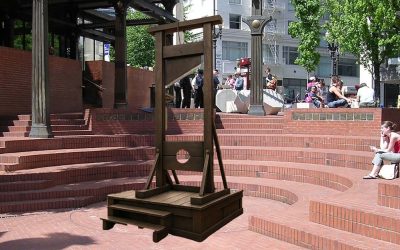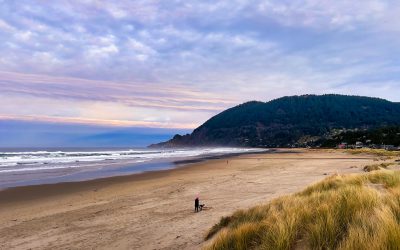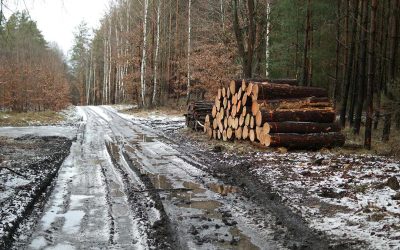In 1985 audiences were awed by The Goonies and their search for the missing "rich stuff" of Chester Copperpot. Set and filmed in Astoria, Oregon, the movie became a hit and inspired amateur treasure hunters everywhere (five-year-old me started digging in my Forest Grove backyard for old coins, but all I found were rusty iron nails).
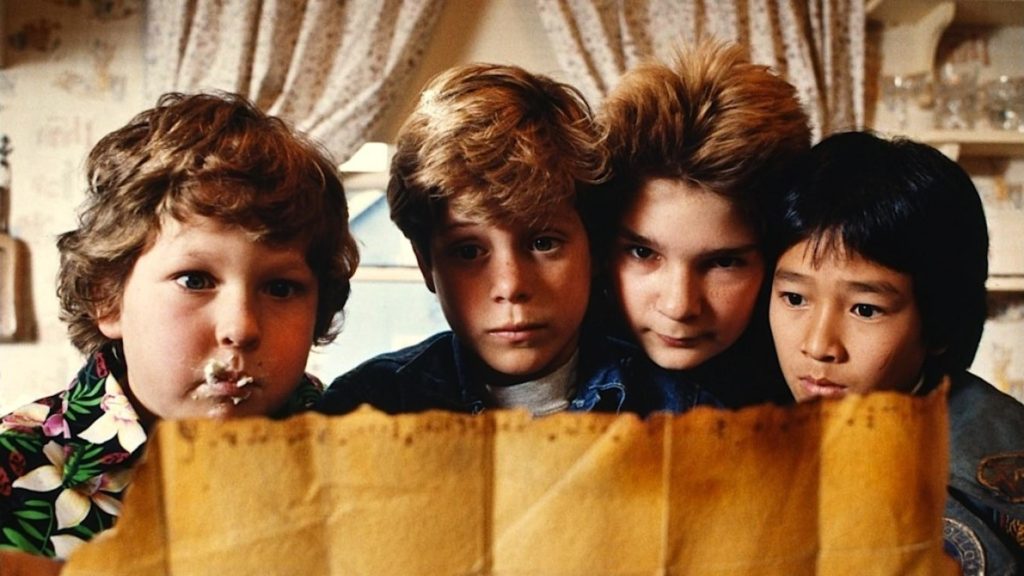
The Goonies Secret Treasure Map
While Chester Copperpot may have been a fictional character created by Stephen Spielberg, Oregon does have its fair share of myths and legends surrounding lost pirate treasure, forgotten gold mines, and missing booty. Here are some of my favorites.
1. The “Lost Cabin Gold Mine”
Around 1850 in the heyday of the California Gold Rush, a gold-miner kept returning to early Yreka, CA with heavy loads of ore. As you can imagine, he quickly made friends among the locals, keeping their liquor glasses full all winter long. The miner's name has been lost to time, but he went by the nickname of "Set-em-up". Notoriously tight-lipped about the location of his mine (as he should have been), one cold evening his buddies managed to get him just drunk enough to let some information slip. Set-em-up confessed that his mine was nowhere near Yreka, but that the claim was up in Oregon. He had a cabin up there, he said, and every summer was spent digging out bucket loads of gold.
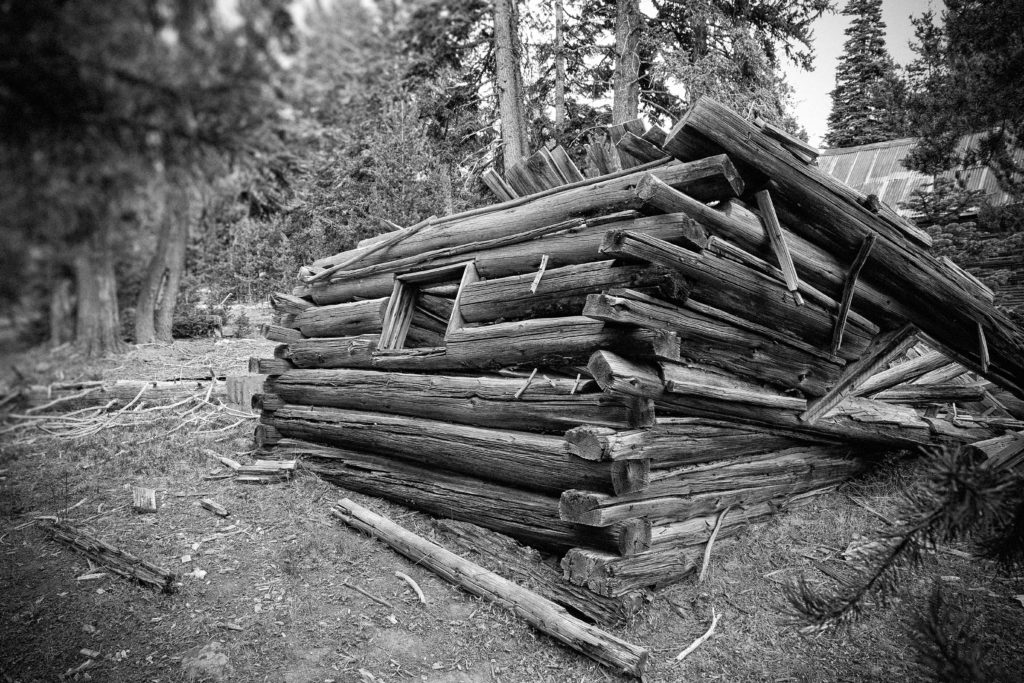
Old Mining Cabin in Eastern Oregon / via thePDXphotographer
The next Spring, Set-em-up packed his goods, headed back up north to Oregon, and was never seen or heard from again. His California drinking-buddies figured that he had met with some terrible end, and if that was the case, there was a mine in Oregon that still contained amazing riches. One old miner even said that Set-em-up had revealed the general location of his claim, and the old man decided to lead an expedition of gold-hungry prospectors into Southern Oregon.
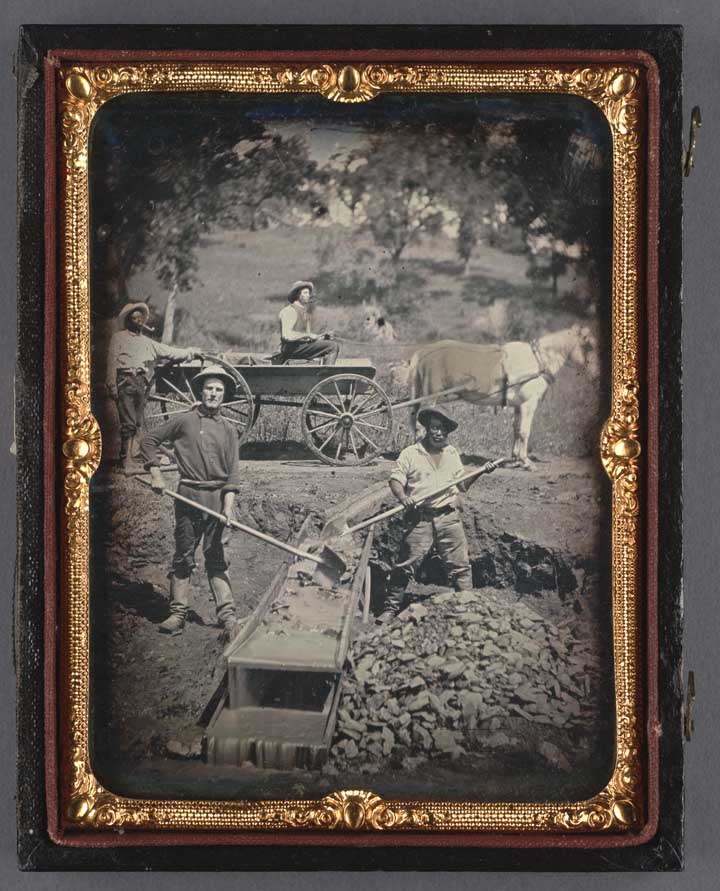
1852 Gold Miners / via The Digital Public Library of America
In Table Rock City (now know as Jacksonville) the Yreka group met up with a group of Oregonians who wanted to join the search party. One of these men was John W. Hillman. While none of the men ever found the cabin or the lost mine, Hillman discovered a treasure even more priceless.
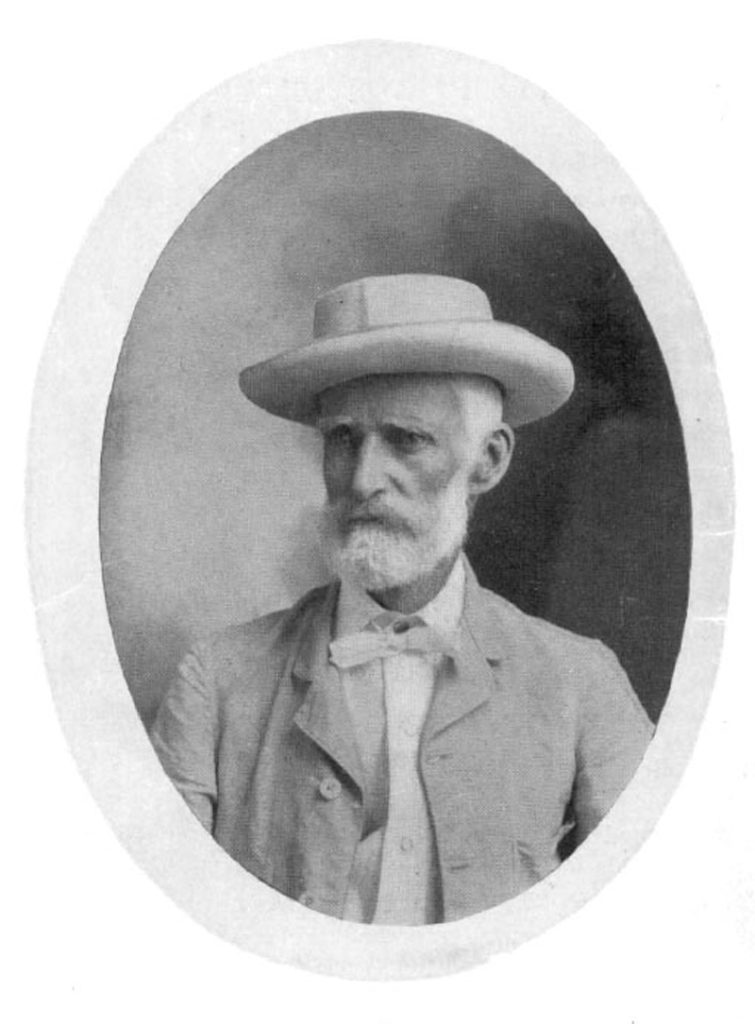
John W. Hillman / via Crater Lake Institute
Hillman was on a side expedition from the rest of the party, hunting for dinner in the mountains. He was riding his mule along a high ridge when the animal suddenly stopped and refused to budge.
“Not until my mule stopped within a few feet of the rim of Crater Lake did I look down,” Hillman later wrote, “and if I had been riding a blind mule I firmly believe I would have ridden over the edge to death and destruction.”
In that moment, John Hillman became the first person of European descent to lay eyes on the jewel we now know as Crater Lake. As for the Lost Cabin Gold Mine, well … there are people still out there looking for it today. So far as anyone knows, it has never been found.
2. The Blue Bucket Mine
In 1845, mountain-man Stephen Meek led an infamous Oregon Trail wagon train into the barren high desert of SE Oregon. Meek had been through the area before and was a seasoned explorer, so 800 immigrants in 200 wagons decided to follow him on the Meek Cut-Off, what he said was a much shorter route to The Dalles at the end of the Oregon Trail. This decision proved to be fatal for many individuals in the party.
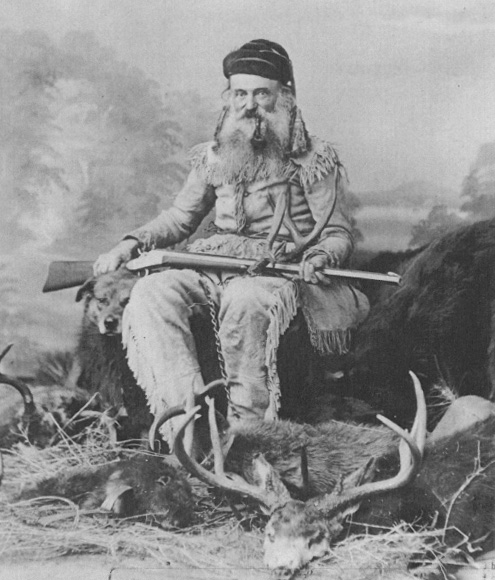
Stephen Meek / via Oregon Historical Society
Ol' Steve didn't want to admit he was lost, but he was. To make matters worse, water was scarce, and many of the wagon train were sick and dying of thirst, starvation, and "camp fever". At the threat of being lynched, Meek and his wife fled for the hills, leaving the rest of the immigrants to fend for themselves in the desert.
There are many versions of what happened next. In one, children looking for berries found the gold nuggets. In another, a blacksmith put a nugget on an iron-rimmed wagon wheel and easily hammered it flat. In other stories, a toolbox filled with nuggets was lost when it fell off a wagon during a river crossing.
In another account, children were asked how many pebbles they saw. They said they could easily fill their blue bucket. Each company in the large wagon train painted their buckets, axes, shovels and other tools a different color to keep track of them. The nuggets were discovered by the blue company.
Whether or not gold nuggets were found by members of the Meek Wagon Train, news about their discovery was not made public for several years. More importantly, they didn’t know where they were at the time. The train finally reached The Dalles in October 1845, and most of the settlers continued on to the Willamette Valley.
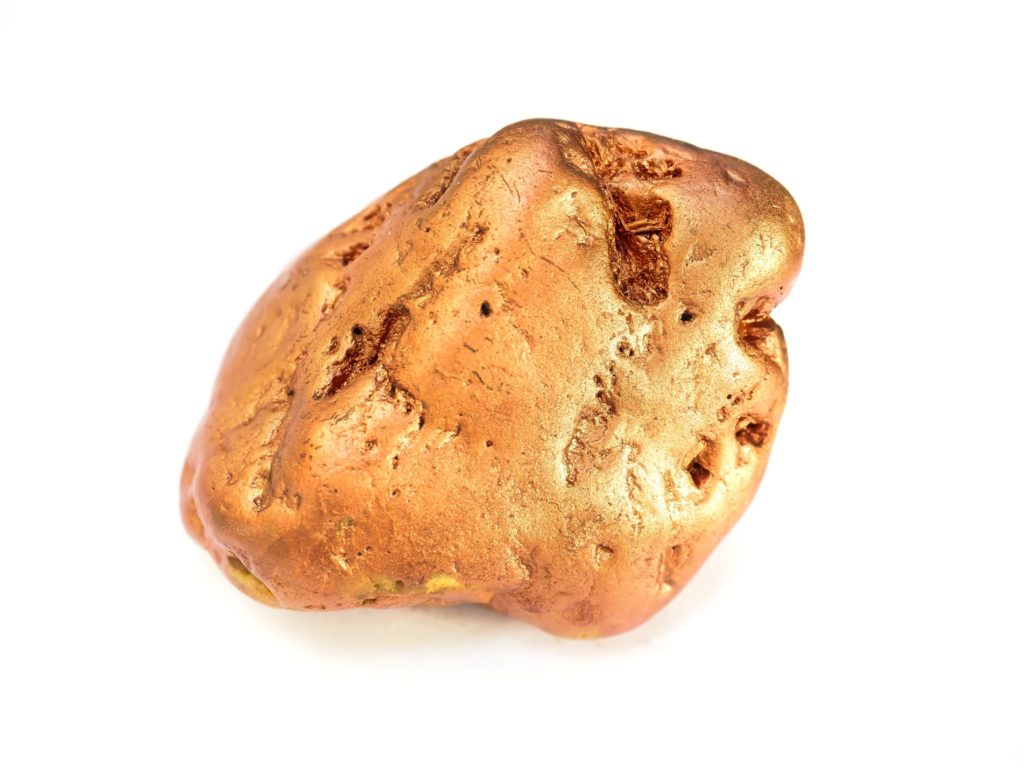
A Nugget of Gold, Maybe Similar to the Legendary Blue Bucket Find
The find became known as the Blue Bucket Mine, and hundreds have searched for it over the years. In 1885, a letter in the Oregonian newspaper set off mass speculation. Letter after letter came in with various and new accounts of the lost gold find. In 1936, one group was convinced they had discovered the location near Dale, OR.
Charles Hoffman relied on a detailed daily diary kept by Jesse Harrit, a young cattle driver on the Meek Wagon Train, to guide him on a 1974 expedition that carefully traced the lost wagon train’s route. In his 1992 book, Hoffman said he found the lost site, but a close reading never reveals just where that site is.

Approximate Route of the Meek Cut-Off Wagon Train of 1845
Goldrush historians who philosophize about the Blue Bucket Mine have various explanations for its location. Some theories are geographical, naming actual rivers and creeks. Others believe floodwaters long ago buried the site with silt, so it will never be found.
And a few suggest a reclusive miner found the site, panned it clean and never said a word to anyone about where his riches came from. It may still be out there, waiting to be found.
3. The Spanish Pirate Gold of Neahkahnie Mountain
Native American legends in the area of Nehalem Bay on the Oregon Coast have spoken of a long-lost treasure buried somewhere there in the shadow of Neahkahnie Mountain, marked with an inscribed stone. A ghost figure guards the loot.
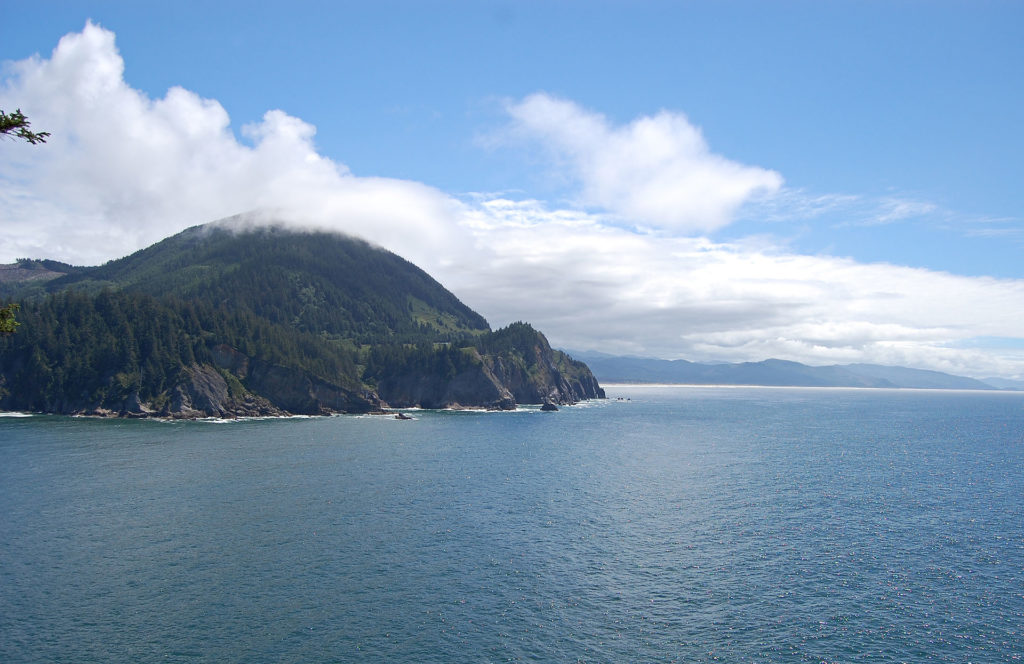
Neahkahnie Mountain / via Wikipedia
Sometime in the late 1600s, a Spanish galleon came sailing into the bay. In some versions of the story, the boat was shipwrecked, but in other versions, it managed to drop anchor while its inhabitants came ashore. The men then walked straight inland and up the side of a shoreside bluff, carrying a heavy chest. At some point, on the side of the mountain, they stopped, set the chest down and started digging; the whole time, members of the Clatsop Tribe had been watching with incredible curiosity. As one version goes, the sailors tossed the body of a dead man into the hole on top of the treasure, buried it all in the sand, and sailed away.
Over a century passed before explorers Lewis and Clark, Captian Vancouver, and the Hudson's Bay Company all heard of the tale while trading with Natives along the coast. Word got out, and the mountain has never been the same since. People have spent obsessive years, decades, even entire lifetimes digging hopeful holes in the bluff. In the 1870s, a treasure hunter named Pat Smith found some stones marked with arrows, crosses and the letters “DEW,”. During the 1930s, two treasure hunters even died in their attempt, when an excavation they were working on collapsed on them. People are still digging holes in the sand, although a lot of it is going on in secret now because the part of the bluff owned by the Oregon Parks and Recreation Department is officially off-limits to treasure hunters (i.e. Don't go digging holes here, folks!).
The legend doesn't quite end here though.
Early Willamette Valley settler Thomas McKay (famous for settling the area known as French Prairie) heard of the treasure while sailing with the Astoria Party aboard the ship Tonquin. He could be seen digging in the bluff during every spare moment when one day he simply dropped his spade, quit his job with the Hudson's Bay Company, and just walked away. Years later, when he settled at French Prairie by the Willamette River, he seemed oddly flush with cash — not to the point of being flashy about it, but was quite generous with it among his friends, if you know what I mean.
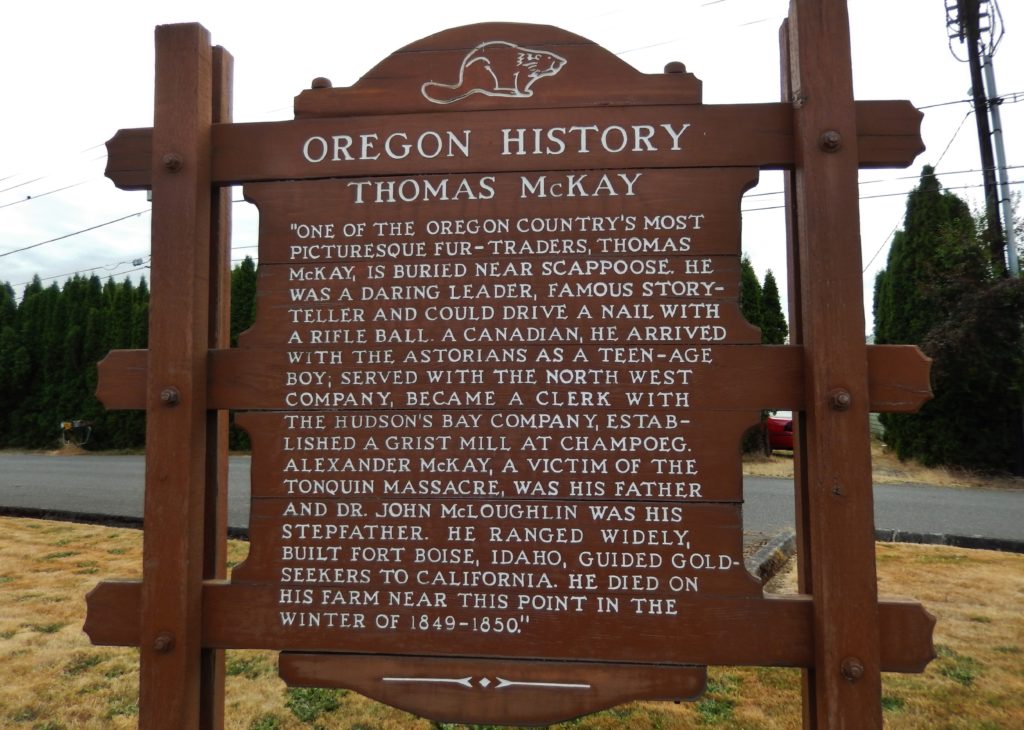
Thomas McKay Marker Near Scappoose, Oregon / via The Historical Marker Database
Did McKay find the pirate horde and disappear to the country with his riches, or is the treasure still buried in the sand waiting to be discovered?
4. The Missing Kettle of Gold at Old Fort Grant
There may not be a pot of gold at the end of every rainbow, but apparently, there is one buried somewhere in the vicinity of Phoenix, OR, south of Medford. Fort Grant was more of a camp than it was a fort, and prospectors, cattlemen, and others living there would deposit gold-dust and cash with the camp paymaster. He, in turn, would occasionally make deposits in nearby Phoenix as Fort Grant lacked a bank.

Gold Pieces
Since formalized currency wasn't really a thing yet, the money exchanged was mostly $10 and $20 gold pieces along with gold dust and other valuable goodies. The paymaster kept the collected funds and deposits in a large iron kettle (which he buried in a secret place) until he could make his way up to Phoenix.
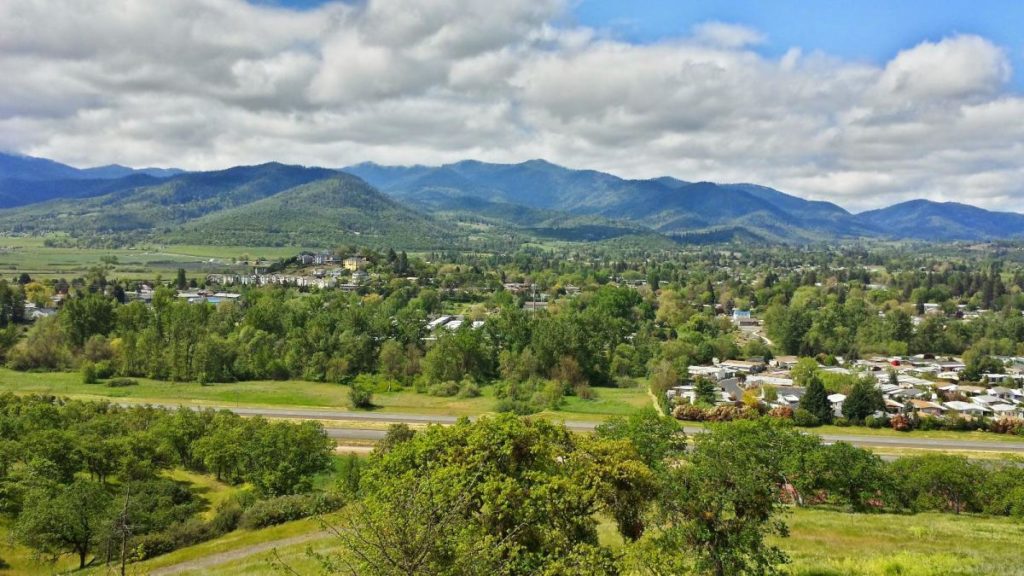
Phoenix Oregon Area as it Looks Today / via City of Phoenix Oregon
One day the paymaster suffered a stroke, and on his deathbed unable to speak, tried to draw a diagram to show where the kettle was buried. He passed away before completing his map, and although the land around his living quarters was heavily prodded, the kettle was never recovered. Fort Grant was abandoned a short time later, but somewhere near the site lies the hiding place of the kettle of riches.
5. Horsethief Meadows and the Missing $25,000
Author Ralph Friedman in his 1993 book, The Other Side of Oregon, wrote about an 1880 incident involving a stagecoach robbery, Walla Walla, WA, and a cool 25-Grand in stolen loot. This is only one of countless Oregon stage robbery stories with varying amounts of cash and goods stolen. Sometimes the criminals were caught, jailed, and hanged. Other times they rode off into the sunset with their booty, and stories like this one arose to fire the imagination.
In 1884, as the story goes, a man named Phillips showed up in the Hood River Valley, looking to hire a man to help him locate an outlaw's cabin secreted in the woods (why do so many of these legends involve mysterious cabins?). Dave Cooper was hired and the cabin was located two years later, somewhere in Horsethief Meadows; if they recovered the gold though they kept their mouths shut about it. Horsethief Meadows is named for a different type of pilfery, of course.

Gold Dust
Local residents have told of an old musket grown into the trunk of a tree and a grizzled old cabin destroyed by logging in the 1980s. Perhaps this was the location of the missing $25k. Some sources even say it was as much as $35,000, but who really knows for sure? Like the old game of Telephone, stories grow and change with the passage of time, but they sure are exciting to think about. Just ask Chester Copperpot.

